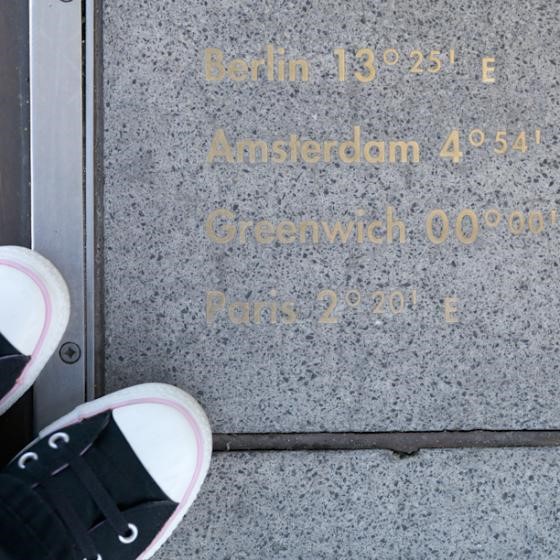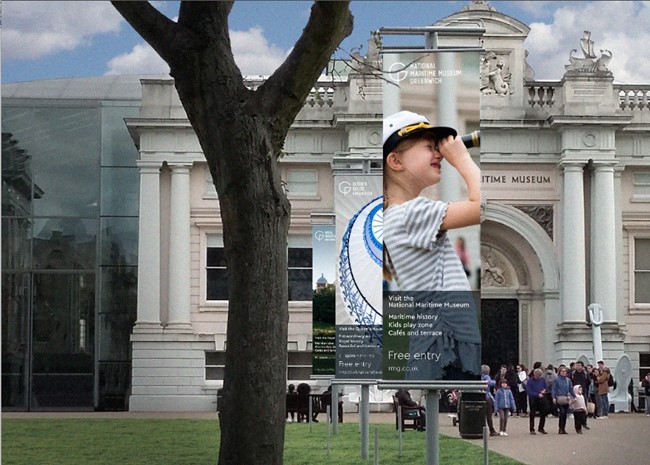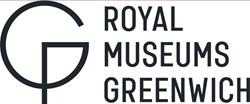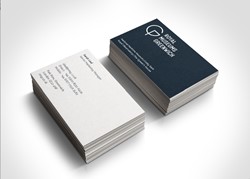Zero degrees longitude

The museums in Greenwich, London date back to two important moments in British history. The first was the first classical building to be constructed in the UK – the Queen’s House – crafted by Inigo Jones. The second marked the expansion of British shipping and imperial exploration in the 16th century and the need to measure longitude with more accuracy.

Both sites are now part of the Royal Museums Greenwich (RMG), a collection of museums in the historic docklands neighbourhood. The former, the Queen’s House is now a place for art and architecture and trip into the past. The latter, the Royal Observatory Greenwich (and planetarium), is a bastion of scientific discovery that still operates as a working observatory. The third member of the group is the National Maritime Museum, founded in 1934 and located in the former Royal Hospital School. Finally, the Cutty Sark reopened to visitors in 2012.
That year, the museums officially began operating as the Royal Museums Greenwich. And Greenwich played host to the equestrian events of the London Olympics which took place directly behind the Queen’s House, making the RMG part of the Olympic site.
The previous RMG brand, designed in 2010 by London brand agency SomeOne was inspired by a stone dropped into a pond and the splash it creates. The splash logo could be customised in colour for each of the museum’s entities. It was designed to evoke the shape of a ship or a star or a crown – fitting for an organisation that celebrates the history of those three things.
But in 2015, the identity needed updating and so the RMG commissioned London based branding firms Jane Wentworth Associates (JWA) and Intro UK to begin work on a new brand.
One of the biggest challenges the agency faced was the fact that multiple sites under a single parent brand made for a confusing brand. The relationship between the sites and the brand was unclear. And the resulting combination of offerings by each of the sites was foggy.
After stakeholder research, JWA and Intro found that the RMG could be summarised with the tagline, ‘Exploring the universe, discovering ourselves.’ The phrase offers an opportunity for the RMG to talk about its ability to enhance visitors’ understanding of the sea, space exploration and Britain’s own place in world history.
Visually, the new brand was also an opportunity to enhance the profile of Greenwich itself, in addition to the museums. Maritime Greenwich is a UNESCO World Heritage Site and offers everything from the RMG itself to the Old Royal Naval College and one of London’s most prominent young breweries. With a brand that includes the iconic Greenwich meridian line, the RMG is effectively celebrating Greenwich itself.
The logo is comprised of a G symbol (for Greenwich) in a shape that evokes the image of a clock or a globe, cut through with the meridian line. Alongside the symbol is the name of the institution or the ‘Royal Museums Greenwich’ wordmark itself. It’s a simple lockup, implemented in steely grey.
Eleanor Appleby, senior consultant at Jane Wentworth Associates says, “Royal Museums Greenwich wanted to project unique and authentic experiences that advance the values and personality of the organisation and its brands. To do this they required a distinctive brand strategy, which would act as their core narrative and drive all their decision-making. The resulting new visual identity and all the other new manifestations of the strategy across the organisation will help confirm RMG’s status as a world class global attraction.”
The meridian line helps bring the visual identity to life and draws together images and text on promotional materials. The new website is cleaner than its previous iteration and uses large photos in a blocky collage running down the page. Each site is clearly accessible on the homepage and colour-coded throughout. The site also includes information on visiting Greenwich in a bar at the bottom of the page, further supporting Greenwich’s appeal as a destination.


The brand was made public on 18 April, on the 20th anniversary of Maritime Greenwich’s demarcation as a World Heritage Site.
Kevin Fewster, director of the RMG, says, “We take great pride in being part of Maritime Greenwich, one of the most significant World Heritage Sites in the United Kingdom. The 20th anniversary event is a fantastic opportunity for us to bring people together to see the architectural beauty of Maritime Greenwich, centred on the Queen’s House and the Grand Axis that it defines, and celebrate the heritage that played such a significant role in British and world history.”
The Royal Museums Greenwich, and Greenwich itself, have come to evoke a feast of associations over the years. Not only is the observatory where seagoing clocks first battled with astronomical calculations as a means of charting distance at sea, but the site has played host to the Navy, hospitals, universities and Olympic Games. The Queen’s House was built for James I’s bride, Anne of Denmark, but beneath it ran the main road from Greenwich to Deptford. The Cutty Sark travelled the seas, toting tea and wool as one of the last tea clippers in existence. The modern site is very much a part of the fabric of maritime London and its new brand celebrates that link as much as it gives the RMG the ability to clarify its own positioning, purpose and sense of place.












